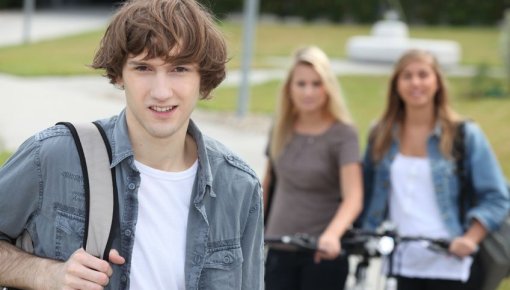Migraine prevention in children and teenagers

If migraine attacks keep coming back, children and their parents try to find ways to prevent them. Medication can help to relieve the symptoms of migraine attacks in children and teenagers, too.
About 4 to 5 out of 100 children have migraines before puberty. Boys and girls are equally affected. Migraines become more common during puberty, especially in girls. Overall, about 10 out of 100 teenagers in Germany have migraines. Sometimes the migraines stop after puberty, but some people still have them as adults. Painkillers and migraine medications are effective treatments for migraine attacks. A number of these medicines are also suitable for children and teenagers.
Frequent migraine attacks can greatly affect your everyday life. Taking medication to prevent them can sometimes help – especially in combination with other preventive strategies.

